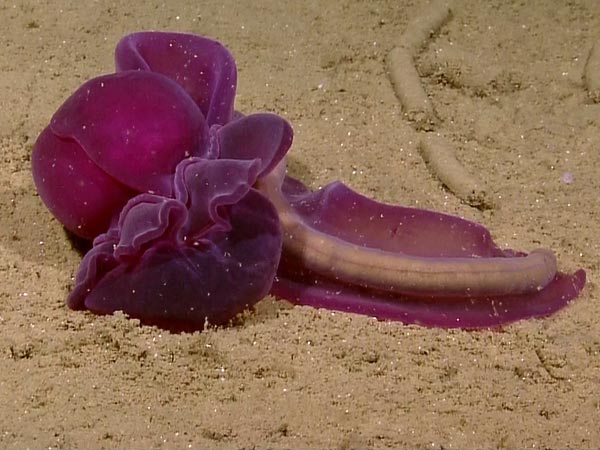Ask a Neuroscientist: Why does the nervous system decussate?
/Our latest question comes from Dr. Sowmiya Priyamvatha, who asks: I've learnt that tracts to and fro from the brain cross. Why should they cross? Is there any evolutionary significance for that? I know left side of the brain controls right and vice versa but why?
Greetings, Dr. Priyamvatha!
Your question is actually hotly debated among evolutionary biologists and neuroscientists. There are, in fact, multiple theories about why tracts cross in the human nervous system. My favorite theory, though, has to do with the evolution of the entire vertebrate lineage. It is called the “somatic twist” hypothesis[i], and it asserts that neural crossings (technically called “decussations”) are the byproduct of a much larger evolutionary change—the switch from having a ventral (belly-side) nerve cord to dorsal (back-side) nerve cord.
The vast majority (96%) of known animal species are invertebrates—they do not have a spinal cord that is protected by bony vertebrae. Ants, crabs, squid, worms, sponges, jellyfish, butterflies, scallops, and snails all fall into this category. And—interestingly, none of these species exhibit the crossing pattern that you mention. Decussations are unique to vertebrates. Some invertebrates, such as sponges, have no known nervous tissue. Slightly more advanced invertebrates, those with radial body plans (think, jellyfish), have a diffuse "nerve net," but no central nervous system to decussate.
Bilateral invertebrates, however, tend to have a large collection of neurons near the front of the body (the brain), and a nerve cord (or cords) that runs the length of the animal. The primitive brain of bilateral invertebrates is found above (dorsal to) their mouths, just like ours is.
Beyond that, however, something very different happens. In humans and in other vertebrates (sharks, crocodiles, frogs, owls, kangaroos…), the spinal cord runs along the back-side of the body. In bilateral invertebrates, the CNS starts in the brain but then runs around the digestive tract to the ventral (belly) side of the body. The invertebrate equivalent of a spinal cord runs along the animal’s belly. In this body plan, the kidneys (nephridia) lie just above the nerve cord. Above the kidneys lies the digestive tract, and above that lies the main pumping organs for the circulatory system—the invertebrate equivalent of a heart.
If you enjoy anatomy, you may have already noticed that this arrangement is exactly the opposite of the one expressed in vertebrates. We have a dorsal nerve cord, below (ventral) to that is the kidneys, below that is the digestive tract, and below the digestive tract is the heart.
This huge rearrangement of the entire body plan is called the “somatic twist”. The idea is that, at some point in evolution, near the appearance of the first vertebrates, the entire body plan underwent a 180-degree twist relative to the brain. Evolutionary biologists have gone looking for clues about this rearrangement in very primitive vertebrates[ii]. They find that many of the signaling molecules that specify the dorsal-to-ventral development of the nervous system are the same between vertebrates and invertebrates. The nerve cord, for example, always lies on the same side of the body where the protein chordin is concentrated in embryonic development. In even our closest invertebrate relatives (the acorn worm), this is the same side of the body where the mouth is located (ventral). In even the most primitive vertebrates (hagfish, lamprey), however, this arrangement is upside-down, with all the organ systems flipped around 180 degrees.
Within the nervous system, things also seem to have flipped around. In both vertebrates and invertebrates, the parts of the nerve cord that receive sensory information are closest to the outside of the body. That is, they are on the bottom of the nerve cord in worms and the top of the nerve cord in fish (and in humans. They are called the “dorsal roots” of the spinal cord). The parts of the nerve cord that send out motor information are closer to the animal’s middle. In worms, this is the top of the nerve cord; in vertebrates, it is the bottom (the ventral roots). This rearrangement of the nervous system, just like the rest of the body, supports the idea of a full-body “twist” at some point in evolution.
Many evolutionary biologists therefore believe that the tract-crossings we see in the nervous system are not themselves especially useful or adaptive. Instead, this very interesting aspect of our brains and spinal cords is a by-product of a much larger change in overall body plan.
[i]http://www.ncbi.nlm.nih.gov/pubmed/24040928
[ii]http://www.plosbiology.org/article/fetchObject.action?uri=info%3Adoi%2F10.1371%2Fjournal.pbio.0040291&representation=PDF



